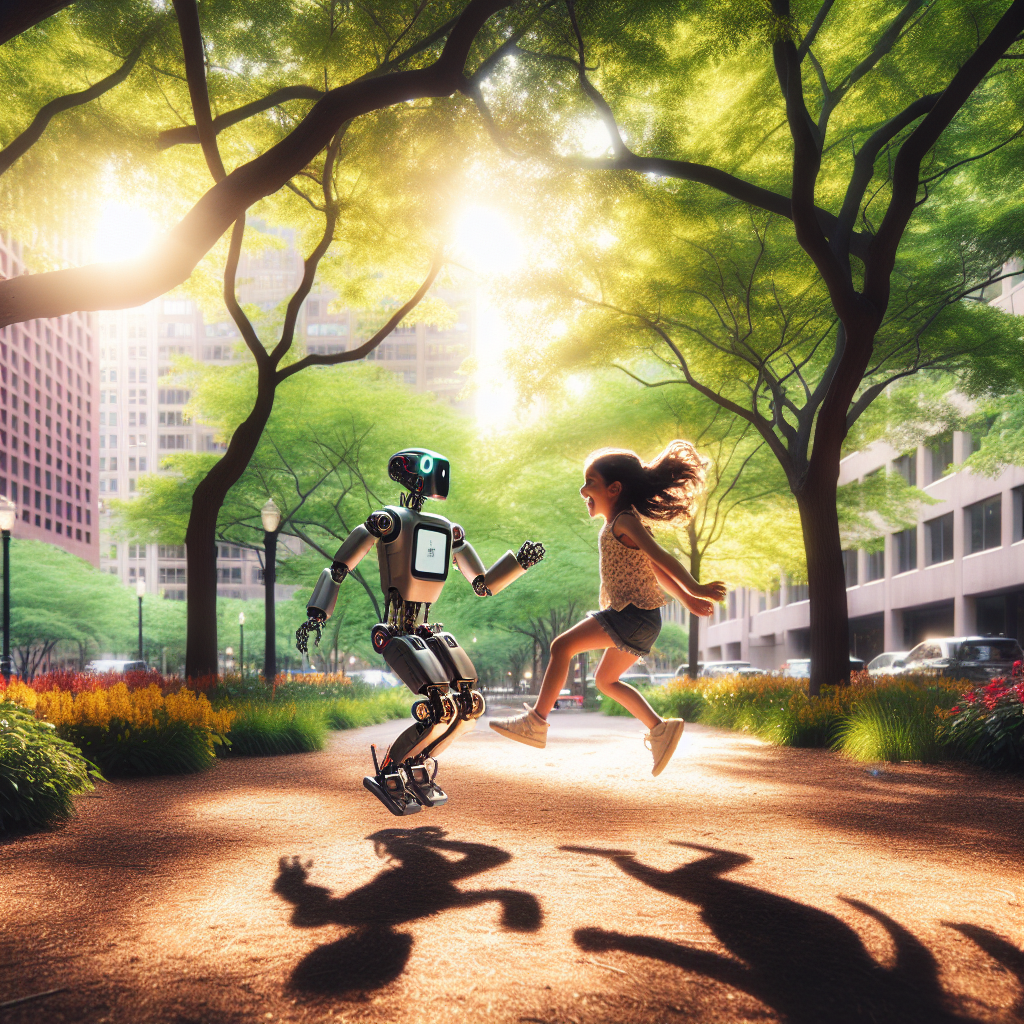How Boston Dynamics’ New AI Model Revolutionizes Humanlike Robot Movements
In recent years, the world has witnessed extraordinary advancements in robotics, with Boston Dynamics at the forefront of this technological revolution. The company’s latest development – a groundbreaking AI model for humanoid robots – is not just another incremental improvement but a potential game-changer that could redefine how we understand and deploy robotic systems. Specifically, Boston Dynamics’ AI model stands out for its ability to integrate and excel in both walking and grasping tasks with a single learning framework. This advancement marks a significant leap towards the creation of humanlike robot movements, hinting at broader implications for the future of robotics and AI.
Bridging the Gap: The Atlas Robot’s Novel Approach
For a long time, the field of robotics has been dominated by task-specific models. Robots were engineered to either focus on locomotion or manipulation, rarely both in an effective manner. This limitation often required teams to design separate algorithms tailored for each specific task, which restricted the flexibility and adaptability of robotic systems. However, Boston Dynamics’ latest innovation eschews this traditional methodology by employing a unified AI model in their renowned Atlas robot, a sophisticated humanoid robot.
The Atlas robot, operating under Boston Dynamics’ new AI paradigm, showcases remarkable emergent skills. It adeptly combines the tasks of walking and grasping, functioning much like an integrated intelligence system. In practical terms, this means that if Atlas happens to drop an object, it can instinctively pick it up, demonstrating a form of generalized learning that rivals human capabilities. As Russ Tedrake, a leading figure among robotics researchers, notes, “The feet are just like additional hands… And it works, which is just awesome” [^1]. This integration signifies progress toward robotic autonomy, wherein robots might one day operate seamlessly in dynamic environments without human intervention.
The Power of Generalized Learning
The idea of generalized learning is not entirely new in AI; however, its application to humanoid robots presents uncharted territory with promising horizons. Similar to how large language models have transformed complex natural language processing tasks, Boston Dynamics’ AI model seeks to transcend specialized algorithms, paving the way for more versatile and adaptive systems.
Generalized learning allows the robot to leverage its previous experiences to navigate new challenges effectively. Imagine a child’s ability to apply walking skills learned on parts of unfamiliar terrains; this analogy vividly illustrates how Atlas interprets and interacts with its environment. This capacity for adaptive learning will be crucial as humanoid robots venture beyond controlled settings into the unpredictability of real-world scenarios.
Comparisons and Collaborations
Boston Dynamics is not alone in this pursuit. The Toyota Research Institute and experts like Ken Goldberg are also deeply invested in advancing robotic capabilities. Goldberg acknowledges the significance of Boston Dynamics’ achievement, stating, “It’s definitely a step forward” [^2]. The increasing synergy between different institutions fosters a collaborative landscape, essential for overcoming the complex challenges in humanoid robotics development.
Such collaborations also encourage a broader spectrum of technical and ethical considerations, ensuring that the development of humane and responsible AI remains an integral part of the equation. While the drive for more humanlike robot movements is impressive, maintaining a balance with safety, ethical standards, and societal impact is crucial.
Real-World Implications and Future Directions
The potential applications of Boston Dynamics’ new AI model are far-reaching. In industries where precise manipulation and agile movement are paramount, humanoid robots could revolutionize efficiency and productivity. From warehouses and manufacturing floors to healthcare settings where robots assist in patient care, the evolution of robot movements signifies a transformative impact.
Moreover, as these robots become more adept at handling complex tasks autonomously, they could provide unparalleled support in disaster relief and search-and-rescue operations, where human involvement is either dangerous or impossible.
The future looks bright, but it is also essential to approach these advancements with careful contemplation. As AI and humanoid robots become more integrated into society, continuous assessment of their implications on employment, privacy, and security remains vital.
Embracing the Future of Robotics
Boston Dynamics’ breakthrough is not merely an academic or technological triumph; it is a step closer to realizing a world where humanlike robots can seamlessly integrate into our daily lives. As these advances continue to unfold, they invite us to rethink our perspectives on artificial intelligence and its role in shaping our future.
As we stand on the precipice of a new era in robotics, it’s crucial to support and encourage innovations that prioritize ethical considerations and societal benefits. The challenge is not only technological but also philosophical and cultural, as we collectively embrace the profound change AI heralds.
If you are as intrigued as we are by the potential of Boston Dynamics’ AI model and its implications, why not delve deeper into this field? Whether through keeping up with ongoing research or even considering a career in AI and robotics, becoming informed and involved could be your next big step forward.
[^1]: Tedrake, Russ. “The feet are just like additional hands… And it works, which is just awesome.”
[^2]: Goldberg, Ken. “It’s definitely a step forward.”
Let us strive together towards a future where humanlike robot movements enhance our world, equipped with the intelligence, adaptability, and grace of Boston Dynamics’ visionary creations.



